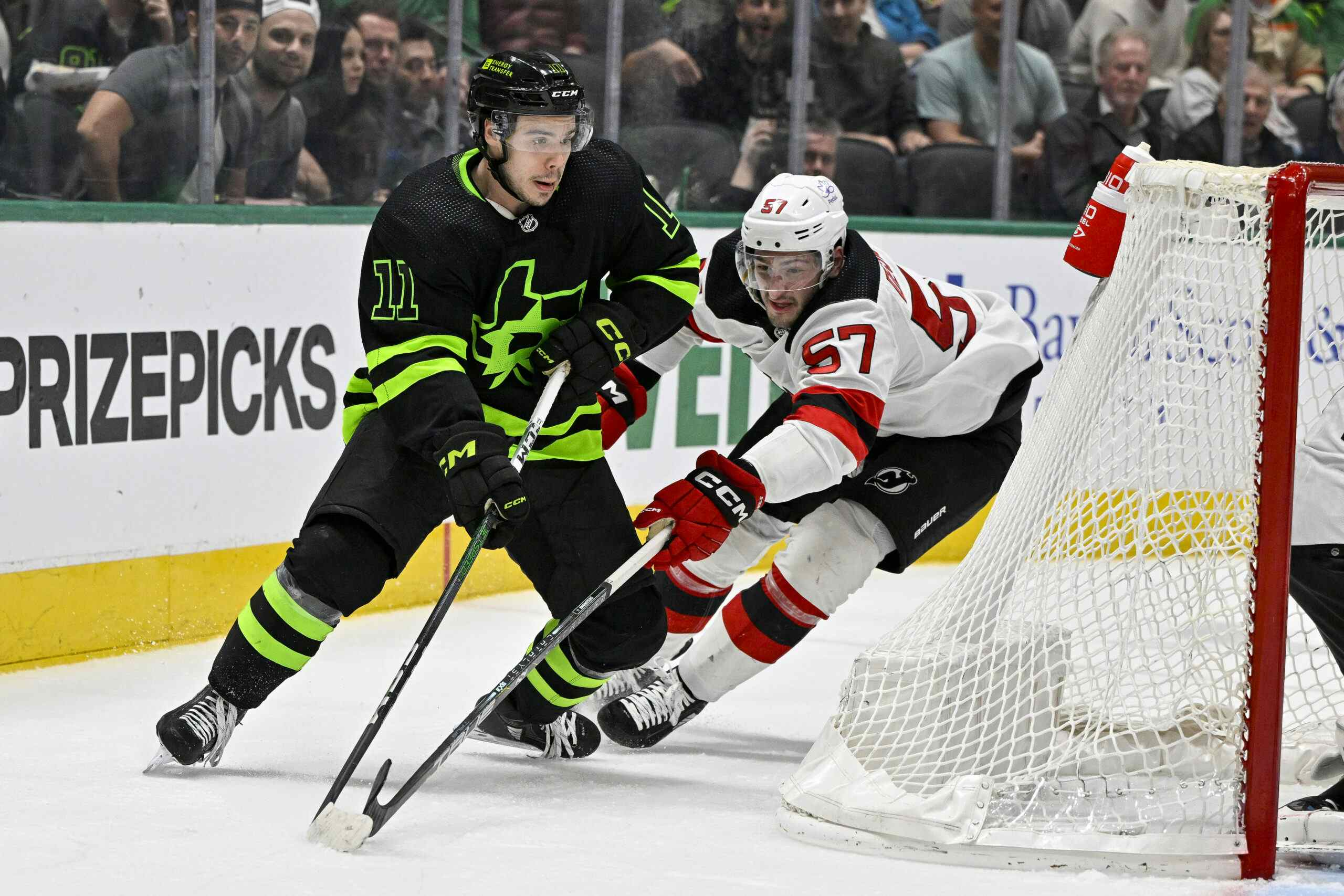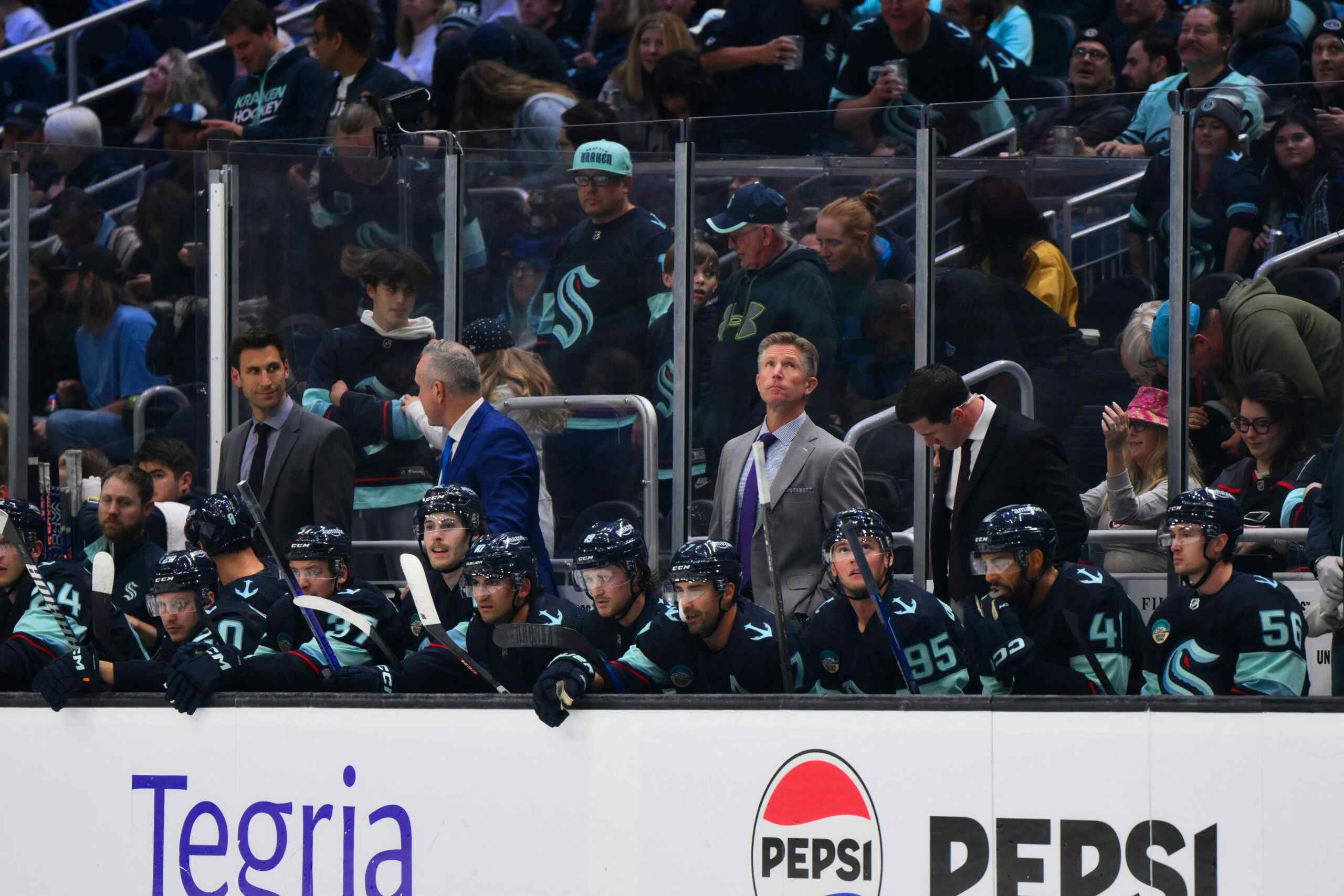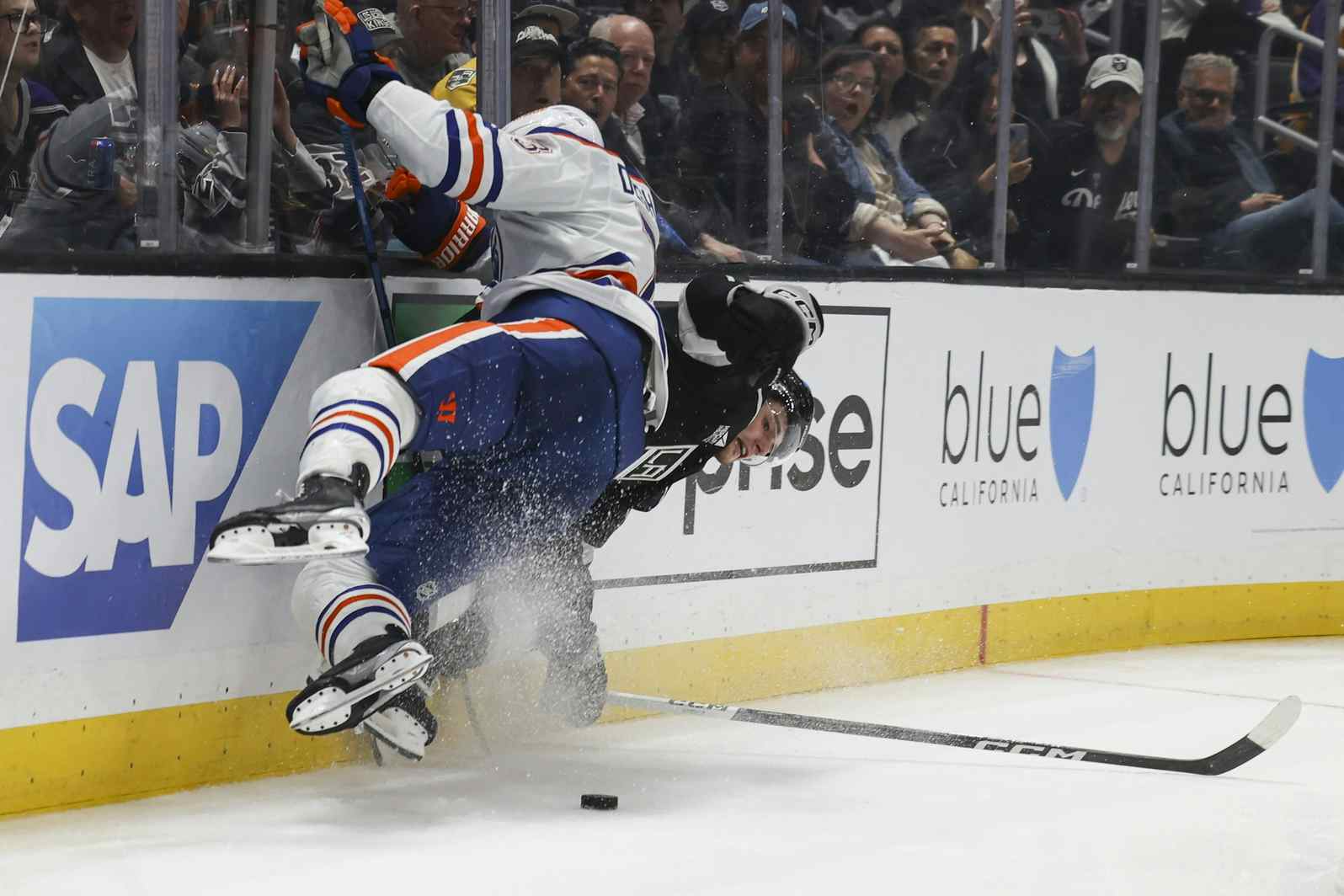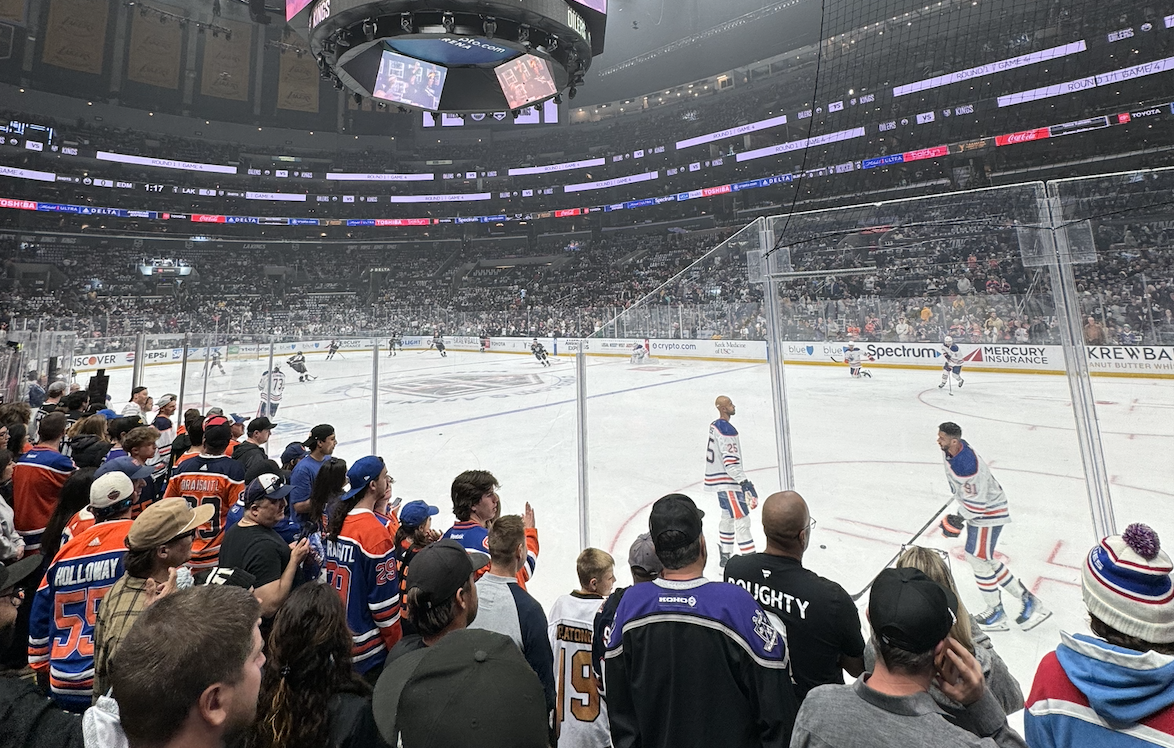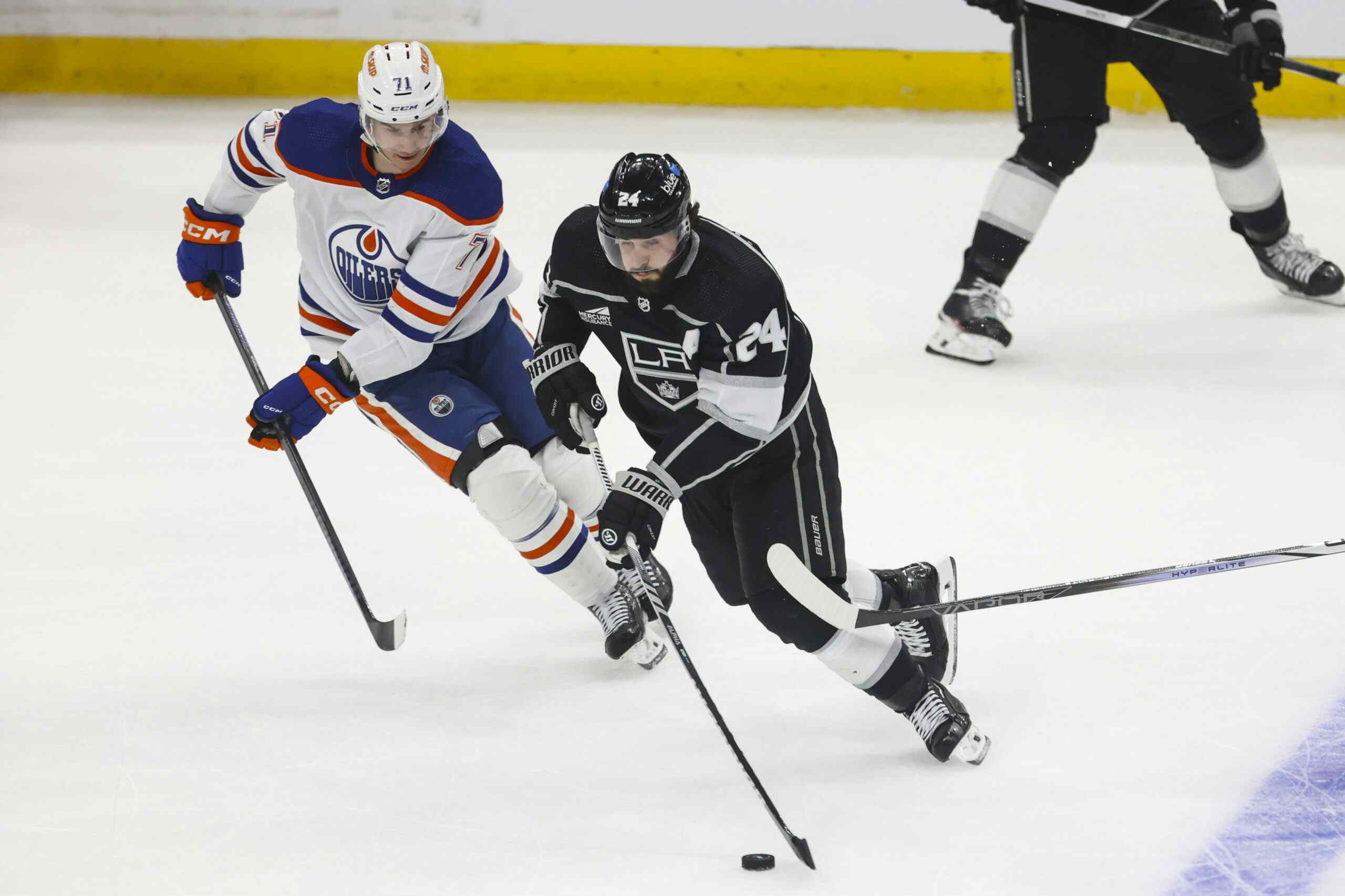Draft Picks… Unpredictable

By Jason Gregor
4 years agoOne of the most difficult jobs in the NHL is being an amateur scout. You are scouting 17 year-olds and projecting what they might become in the future. That is difficult enough, but when you add in how the amateur scouts have very little control over the drafted player’s development once they are in the organization, it amounts to a lot of pressure on amateur scouts.
Take Jesse Puljujarvi for instance. Every scouting service, and every NHL team I’ve spoken to since the 2016 had Puljujarvi ranked higher than players taken after him when the Oilers selected him fourth overall. It was the right choice, but the scouts had zero input into the organization’s decision to keep him in the NHL, for three years, even though he never showed he was ready.
There are so many uncontrollable factors that will influence the career paths of the 217 players selected in the 2019 NHL draft this past weekend. The amateur scouts can sit back and feel satisfied about who they picked, but their focus turns to next season very quickly. That is the life of an amateur scout. They will watch the players they selected attend development camps, play in junior, NCAA or Europe next season, and hope they progress and are put in the best situation to succeed. But they have very little say over how they progress and are developed.
Successful organizations understand the importance of development. If you don’t do it well, then your chance of having more draft “busts” increases. Of course, you can still put players in the best situation to succeed, and many of them still won’t make it to the NHL because there isn’t enough room for all draft picks to make an NHL roster.
With that being said, there will always be some debate after draft weekend. You can read hundreds of articles on which team drafted the best, or worst, and at the time the writers can back up their opinions, but within a year so much can change. Some players don’t improve. Others surprise. When a fifth round pick like Jamie Benn becomes an Art Ross winner it means every NHL scouting staff and all the independent scouting services incorrectly predicted what his future would look like. Amateur scouting is hard. Really hard.
The Edmonton Oilers selected Philip Broberg eighth overall on Friday night. He was the best player available on their draft board. Their board will defer from any of the public boards, and it doesn’t make one wrong or right. Well, unless you decide to pick Jesse Niinimaki 15th overall when no one had him in the top-75. But I digress.
Craig Button had Broberg seventh in his final rankings. Corey Pronman and McKeen’s had him ninth, Hockey Prospect had him 21st and Bob McKenzie’s rankings (which aren’t his opinion, but instead based on input from NHL teams) had him 15th.
It’s not like Broberg was a wildcard. To suggest it was a bad pick is premature.
It is fair to say you would have drafted someone else, but that doesn’t mean Broberg was a reach or a bad pick.
I would have taken Matt Boldy. (I can’t list three forwards, because that is unreasonable. You can only pick one player at the spot and listing off three is unfair to the scouts). And I say that based on previous draft history. I didn’t watch Broberg, or any of the players, as often as the amateur scouts, so I won’t say I know better. I’m basing my pick on past drafting history.
History has proven you have a better chance of grabbing a high-end skilled forward than an elite defencemen with a top-ten pick. That being said, if Bowen Byram was available I’d have gladly taken him. I think he could be a legit #1 defender.
Of the NHL’s top-20 scorers this past year, 14 of them were top-10 picks in their respective draft class. The others were Nikita Kucherov (second round), Brad Marchand and Brayden Points (third round), Johnny Gaudreau (fourth round) and Artemi Panarin (undrafted).
Of the top-20 scoring D-men, six of them were top-ten picks. Defenceman develop later than forwards, and your odds of finding an elite one later in the draft are much better than uncovering an elite forward.
I don’t think Broberg was a bad pick. Far from it. I spoke to many people in Sweden who have watched him and they are confident he will be at worst a second pair defender, and at best an excellent #2. I would have went with a forward, because the Oilers organizational depth chart is deeper and better on the blueline than it is up front. I very well could be wrong.
It is also important to note that if a player succeeds on another team there is no guarantee he would have had the same success on the Oilers. Or vice versa. Take Boldy for instance. Had the Oilers drafted him, when he arrived in the NHL his centremen would likely be one of Connor McDavid, Leon Draisaitl or Ryan Nugent-Hopkins? Instead, he was drafted by Minnesota. Right now Eric Staal and Mikko Koivu are their top-two centres, but in two years, who will be there? Staal and Koivu will be 36 and 37 years old at the start of the 2020/2021 season. That’s if Boldy comes to the NHL after one year of NCAA. If he waits two years, I can safely assume they won’t have a centre as talented as McDavid or Draisaitl and probably not as good as Nugent-Hopkins.
Make no mistake, location and opportunity plays a big role in how players produce at the NHL level. The list of forwards who can produce, regardless or their linemates, is pretty short. I didn’t project Boldy to be a driver. I saw him as a good complementary top-six winger.
I’m curious to see how all the players progress, but especially those in the top-half of the first round.
YOUNG FIRST ROUND…

Jun 21, 2019; Vancouver, BC, Canada; Philip Broberg poses for a photo after being selected as the number eight overall pick to the Edmonton Oilers in the first round of the 2019 NHL Draft at Rogers Arena. Mandatory Credit: Anne-Marie Sorvin-USA TODAY Sports
I noticed an oddity from the first round of this year’s draft. The first 18 picks were all in their 18th birth year (2001), and in fact only two first rounders — Lassi Thomson (19th to Ottawa) and Nolan Foote (27th to Tampa Bay) — were born in 2000.
Often we see many top picks who, due to a birthdate between September 16th-December 31st, are in their 19-year-old season when drafted. Players like John Tavares, Victor Hedman, Taylor Hall, Cam Fowler, Leon Draisaitl, Jack Eichel, Auston Matthews and others.
But this year the first round was almost exclusively 18 year-olds, and because of that I don’t think we will see many of them play in the NHL this season.
Over the past decade, here is a list of 18-year-olds who were drafted in June and then played in the NHL four months later.
Last year: Rasmus Dahlin, Andrei Svechnikov and Jesperi Kotkaniemi.
2017: Nico Hishier.
2016: Patrik Laine, Jacob Chychrun and Jesse Puljujarvi (28 games).
2015: Connor McDavid, Noah Hanafin and Daniel Sprong (18 games).
2014: Aaron Ekblad and David Pastrnak (51 NHL games, 25 AHL games).
2013: Nathan MacKinnon, Alex Barkov and Valeri Nichuskin.
2012 (lockout shortened season 48 games): Alex Galchenyuk, Mikhail Grigorenko (25 games) and Stefan Matteau (17 games).
2011: Ryan Nugent-Hopkins.
2010: Tyler Seguin and Jeff Skinner.
2009: Matt Duchene, Evander Kane and Ryan O’Reilly (second rounder).
2017: Nico Hishier.
2016: Patrik Laine, Jacob Chychrun and Jesse Puljujarvi (28 games).
2015: Connor McDavid, Noah Hanafin and Daniel Sprong (18 games).
2014: Aaron Ekblad and David Pastrnak (51 NHL games, 25 AHL games).
2013: Nathan MacKinnon, Alex Barkov and Valeri Nichuskin.
2012 (lockout shortened season 48 games): Alex Galchenyuk, Mikhail Grigorenko (25 games) and Stefan Matteau (17 games).
2011: Ryan Nugent-Hopkins.
2010: Tyler Seguin and Jeff Skinner.
2009: Matt Duchene, Evander Kane and Ryan O’Reilly (second rounder).
A total of 24 players over ten years, and four of them played 28 games or fewer.
Outside of Jack Hughes and Kappo Kakko, will any of the others play this year? I’d be surprised. This just re-enforces why the NHL should raise the draft age to 19, and have the cut off be December 31st, instead of September 15th, as all the players would be 18 regardless of which month they were born. The NHL could allow teams to take an 18-year-old (who would be 18 before Sept 15th) within the top-five picks of the draft. This would eliminate those arguing a 19-year-old draft year limits the player’s ability to earn a living.
You don’t see more than five 18-year-olds in the league in a given year, so that argument is bogus. Raise the draft age by a year. It would be easy to do over a two year period. Simply move the cut off back six months the first year, to March 31st, and then the following year back to December 31st.
There is no sane reason not to.
FIRST ROUND REALITY…

Jun 21, 2019; Vancouver, BC, Canada; Philip Broberg puts on a jersey after being selected as the number eight overall pick to the Edmonton Oilers in the first round of the 2019 NHL Draft at Rogers Arena. Mandatory Credit: Anne-Marie Sorvin-USA TODAY Sports
Since 2000 there have been 30 players selected in the first round. How many will become NHL players?
2000: Thirteen played fewer than 200 games. Ten played fewer than 100 games.
2001: Eleven played fewer than 200 games. Six played fewer than 100 games.
2002: Eight played 66 games or fewer. The rest were all 200+.
2003: Three played fewer than 200 games and two played fewer than 100. Really good draft class.
2004: Ten played fewer than 200 games and eight played fewer than 100 games.
2005: Eleven played fewer than 200 games and ten played fewer than 100 games.
2006: Ten played fewer than 70 games and the rest played 297+ games.
2007: Eleven played fewer than 200 games and nine played fewer than 100.
2008: Twelve played fewer than 200 games and eight played fewer than 100.
2009: Ten played fewer than 200 games and five played fewer than 100.
2010: Eight played fewer than 200 games and seven played fewer than 100.
2011: Eight played fewer than 200 games and seven fewer than 100 games.
2012: Eight played fewer than 200 and five fewer than 100 games.
2013: Seven played fewer than 200 games and six played fewer than 100 games.
2001: Eleven played fewer than 200 games. Six played fewer than 100 games.
2002: Eight played 66 games or fewer. The rest were all 200+.
2003: Three played fewer than 200 games and two played fewer than 100. Really good draft class.
2004: Ten played fewer than 200 games and eight played fewer than 100 games.
2005: Eleven played fewer than 200 games and ten played fewer than 100 games.
2006: Ten played fewer than 70 games and the rest played 297+ games.
2007: Eleven played fewer than 200 games and nine played fewer than 100.
2008: Twelve played fewer than 200 games and eight played fewer than 100.
2009: Ten played fewer than 200 games and five played fewer than 100.
2010: Eight played fewer than 200 games and seven played fewer than 100.
2011: Eight played fewer than 200 games and seven fewer than 100 games.
2012: Eight played fewer than 200 and five fewer than 100 games.
2013: Seven played fewer than 200 games and six played fewer than 100 games.
There were 420 players taken in the first round during those 14 years and 69.0% (290 players) played 200+ games and 75.95% (319) played 100+ games. That leaves 101 players (24.05%) who played fewer than 100 NHL games. Of those, 28 players played zero games, while 22 players played fewer than ten games.
It is too early to count 2014-2018 drafts as some players are just starting to find their way into the NHL.
If we look at previous history then 24% of players taken in the first round on Friday night won’t play more than 100 games in the NHL. A lot can happen in the next four or five seasons, and it is difficult to say which players will continue to grow and develop and which ones will struggle making it to the next level. If we dig deeper and look at players who have played 400 games (equivalent to five NHL seasons) the number drops down to 58.5% (246 players) who will play 400+ games.
I wish all the players the best. Getting drafted is a major accomplishment, but the next steps are even more difficult than the ones they took to reach the podium on Friday night.
Recently by Jason Gregor:
Recent articles from Jason Gregor

